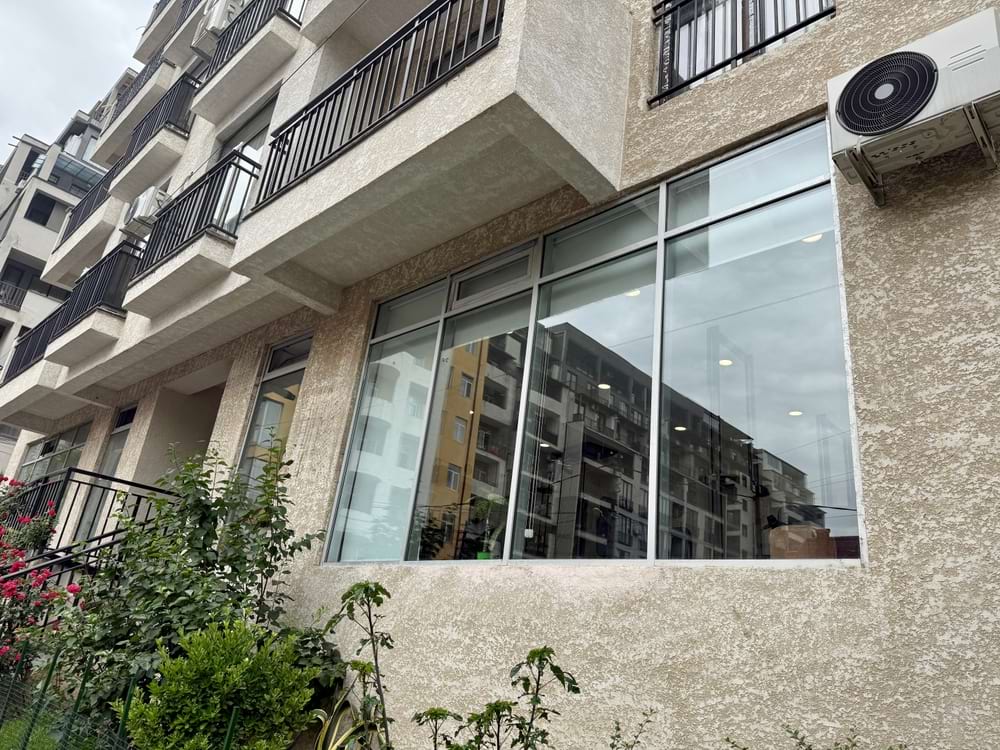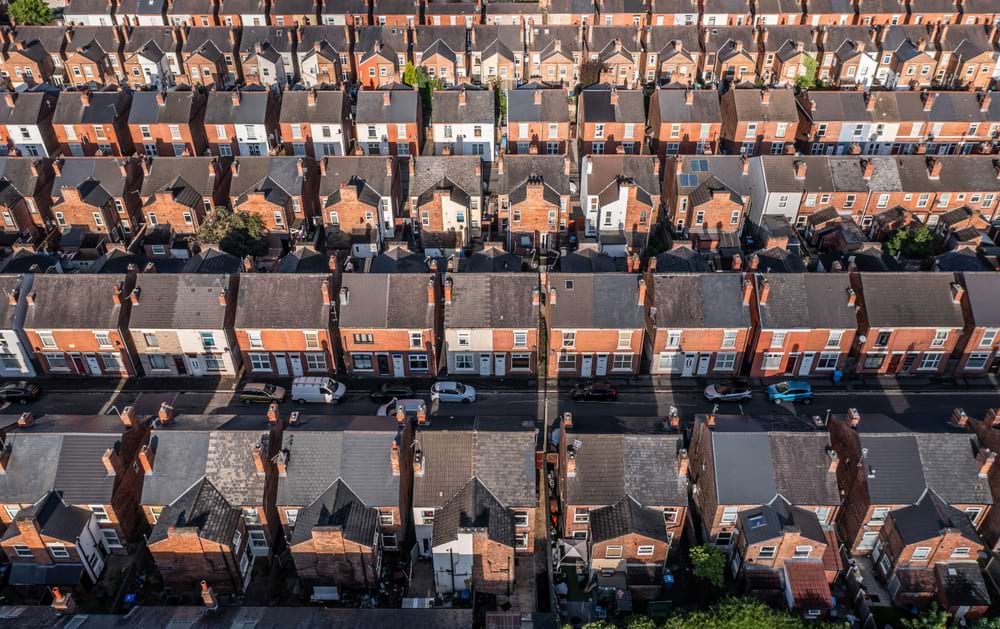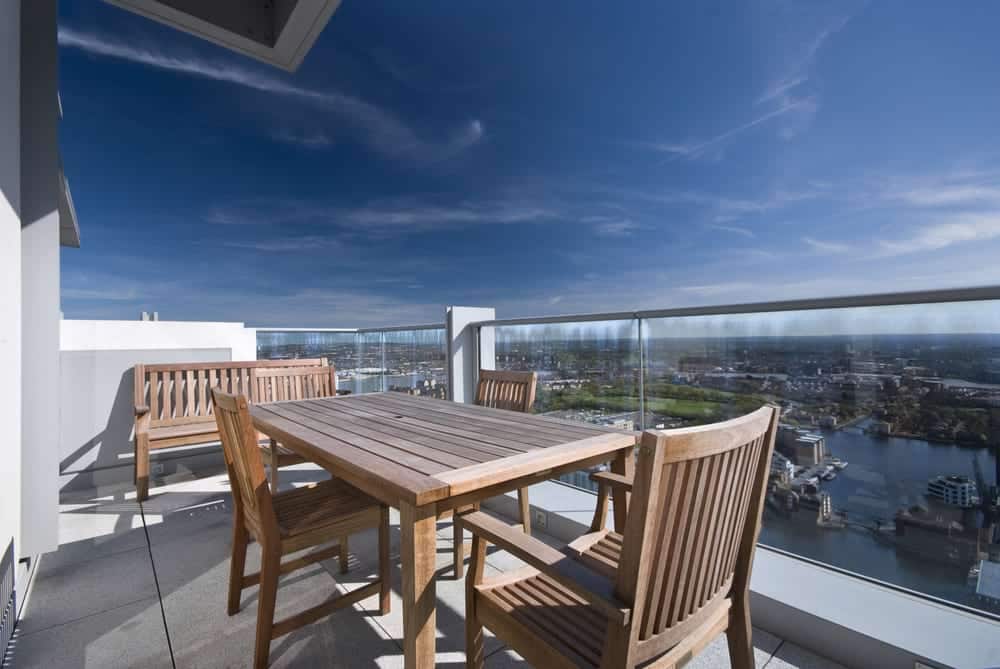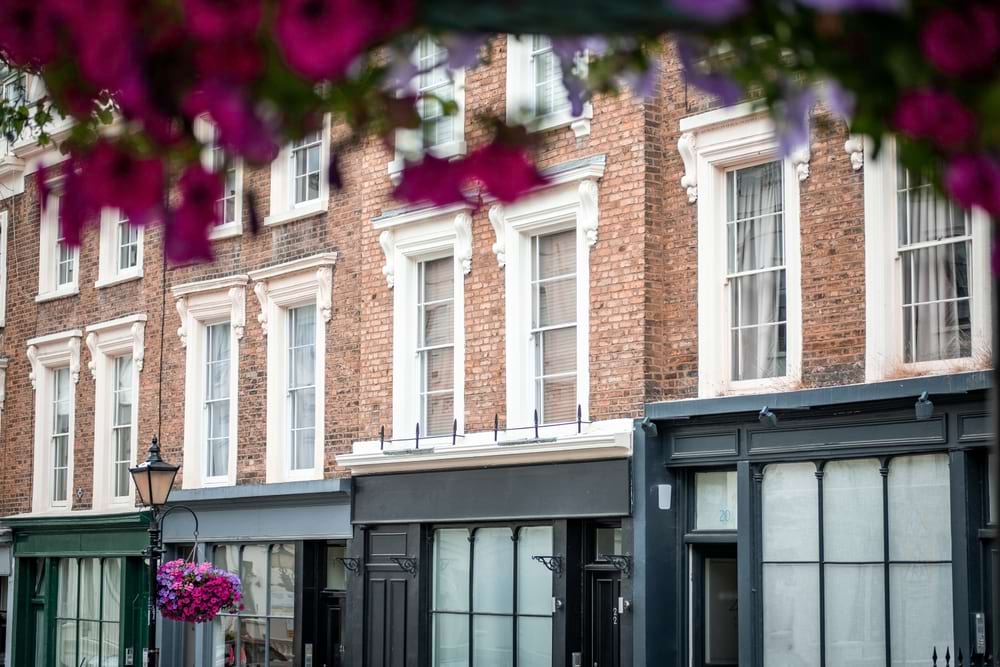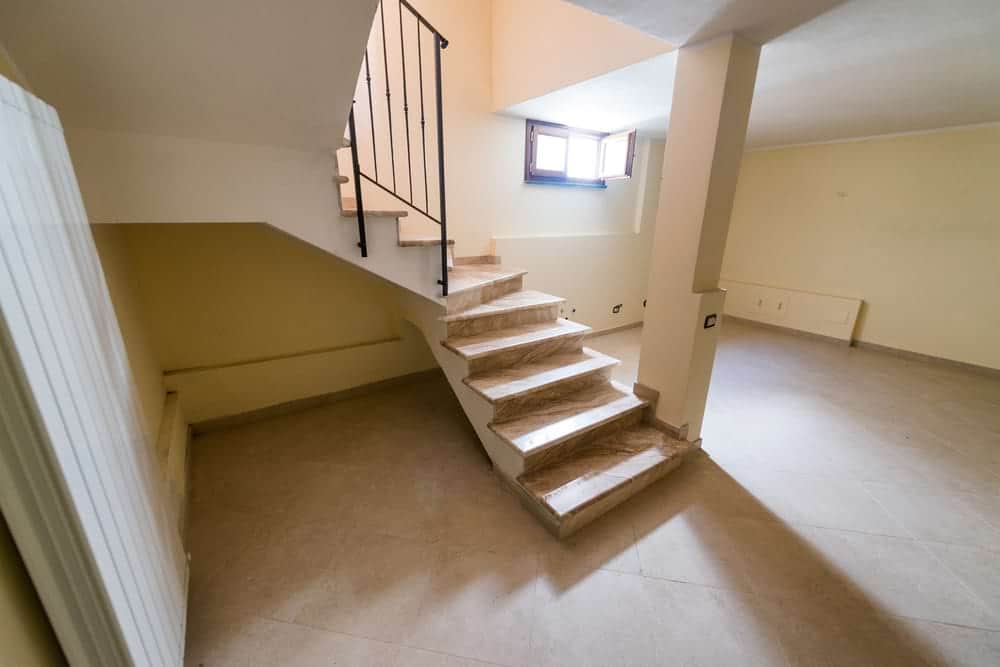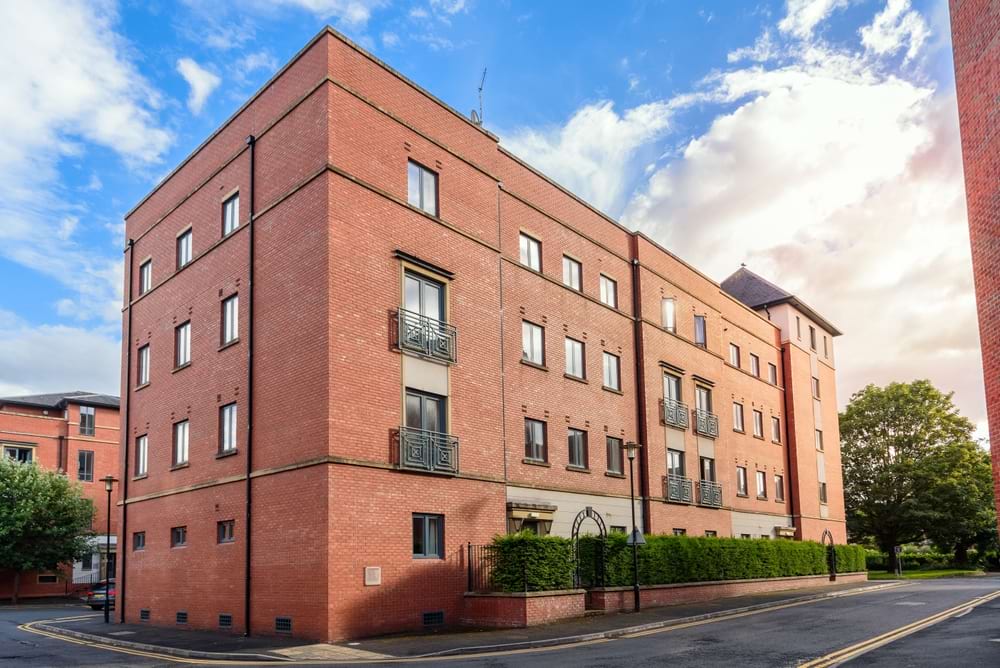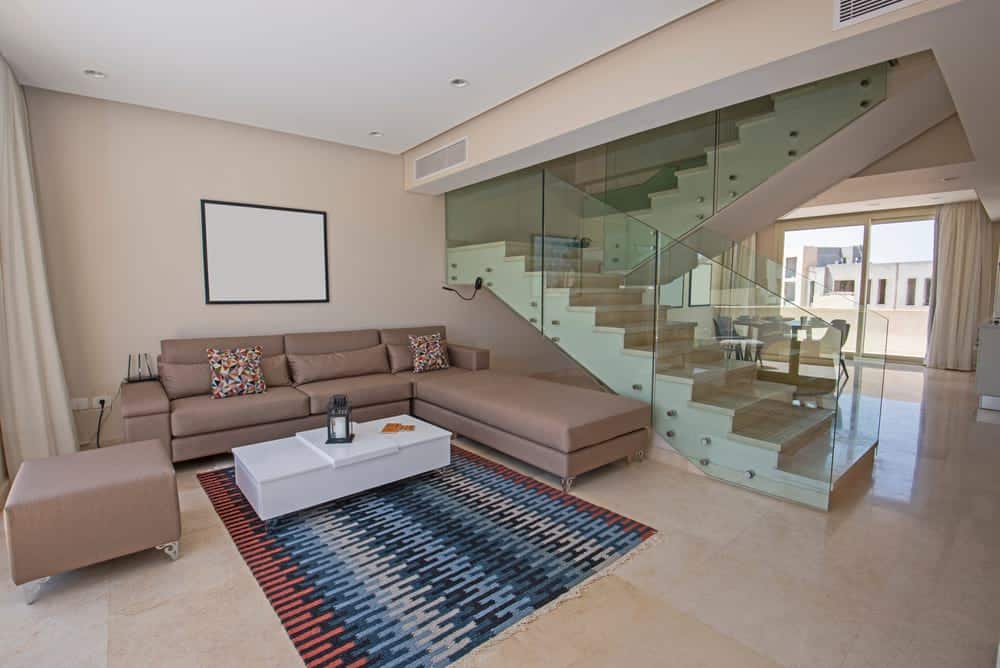Blocks of flats are one of the most prominent places to find flats, especially in large cities.
Owning, renting, or living in these buildings comes with several advantages and disadvantages.
Read on to learn more.
What is a block of flats?
A block of flats (or tower block) is a multistorey building housing residential flats.
(By contrast, a block of offices is often referred to as an office block.)
They are primarily – but not exclusively – found in cities. And they can range from a few to tens of stories (floors) high. The Landmark Pinnacle in London’s Canary Wharf is 75 storeys high (233 meters; 764 ft).
And they can also range in price.
Some are owned by the local council and provide basic services for social housing. Others are privately owned and might feature:
- Reception areas
- Spas
- Pools
- Gyms.
and more.
Blocks of flats in Britain
The first block of flats in Britain was built in 1951 in Harlow, Essex.
Today, ‘The Lawn’, which stands at 10 storeys high, is grade II listed.
Between 1951 and 1986, government policy encouraged blocks of flats to be built all over the country. A British Pathé newsreel (‘Flats in Quick Time’ (1965)) noted:
Condemned dwellings are giving way to modern blocks as Hulme, Manchester boldly tackles the housing shortage. New and quick methods are being used to overtake the backlog, with the result that a 13-storey building was put up in only 18 weeks.
One famous construction from this period is the 42-floor Shakespeare Tower in the City of London. This brutalist building was completed in 1976 and is now – like rest of the Barbican Estate it’s a part of – grade II listed.
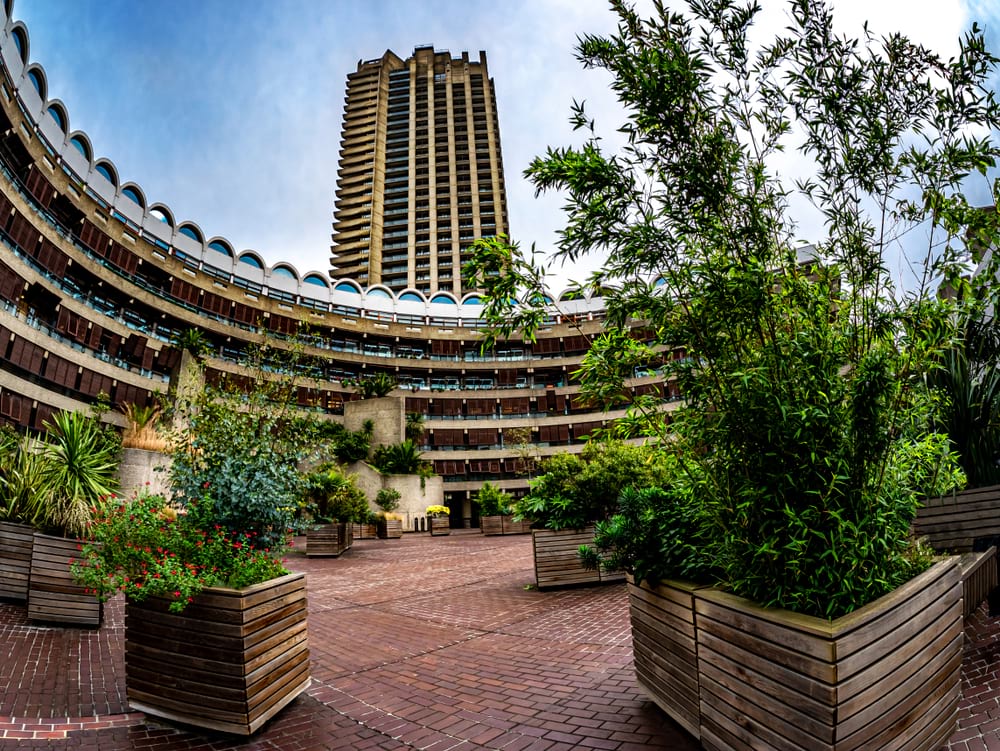
Blocks of flats were not without their critics. In 1957, one journalist at the Manchester Guardian noted:
There are, of course, social objections to compelling families with young children to live in high flats, and economic objections to a form of housing that costs over twice as much, in labour and materials, both to build and to maintain, as the two-storey dwelling which the vast majority of tenants prefer.
– quoted in Modernity Britain by David Kynaston (Bloomsbury, 2015), p. 49
Blocks of flats were even seen as a symbol of negative living conditions by some.
For example, the dystopian novels A Clockwork Orange (1965) by Anthony Burgess and High-Rise (1972) by J. G. Ballard both feature them.
Although the building of flats slowed down with the change of government policy in 1986, many have continued to be built.
By this point, there was less stigma about them. Affectionate references to blocks are flats can be found in the TV shows Only Fools and Horses (1981 – 2003) and Eastenders (1985 – present).
How many blocks of flats are there in the UK today?
There are no reliable figures on just how many blocks of flats there are in the country.
However, it’s likely to number in the tens of thousands and increasing.
Advantages of living in a block of flats
Low cost
On average, blocks of flats are lower cost to build, buy and rent from than other types of property.
Location
Blocks of flats are often in central locations, where space is scarce. This makes them particularly convenient for young professionals.
Sense of community
Theoretically, at least, blocks of flats create great opportunities to meet new people.
Shared amenities, such as gyms and communal gardens, mean that it’s possible to meet a wide range of neighbours.
This could even, in some cases, lead to higher levels of security.
Low maintenance
Blocks of flats generally require a low level of maintenance. There is an economy of scale to having denser housing.
It means that there’s less space per resident that needs maintaining.
Disadvantages of living in a block of flats
Noise
Most flats have shared walls and floors, which can lead to noise issues from neighbours.
However, flats in tower blocks have an increased chance of this simply because of the higher density of people living in them.
Which floor flat you are on can make a difference. Top floor flats, for example, often have less noise.
Restrictions
Blocks of flats often have rules and regulations regarding:
- Pets
- Noise levels
- Alterations (i.e., major renovations, colour of door, etc.).
Service charges
Service charges for large blocks of flats might be quite high.
They could even be raised if other residents are untidy or regularly damage communal areas.
Cladding issues
Cladding is a non-structural surface added to buildings.
Older blocks of flats often have issues with cladding, which can pose a safety risk and make selling flats difficult.

